For veggies and vegans, tofu is an indispensable staple, offering a protein-filled meat substitute that can be easily seasoned and flavored. But there are many different types of tofu, and if you’re new to this culinary subculture, then you’re probably wondering if there’s any real difference between soft vs firm tofu.
Well, the answer is yes, there is a big difference! In fact, different kinds of tofu are better suited to different recipes and different styles of cooking.
Tofu is primarily characterized by its water content and texture, and it’s ranked in terms of its relative softness or firmness. There’s silken, soft, firm tofu, and many more in between. In this article, we explore the major tofu types and the differences between them!
What is Tofu, and How Many Types Are There?
While tofu has only recently gone mainstream in the west, it has been an important ingredient in Eastern cooking for thousands of years. Tofu has a long history, but the method of preparation has changed little over many centuries.
First of all, tofu is made from soybeans. The process is surprisingly similar to cheesemaking, as soybeans are first turned into soymilk before a coagulation product is added. This produces a soy curd, which is separated from the liquid and pressed into blocks.
The result is tofu, which can then be used in soups, stews, stir fries, and many more recipes. The process can be varied to produce different tofu types with varying water content, and therefore varying degrees of softness.
The softer the tofu, the more water content there is remaining. This gives you the chance to prepare a wide range of different textures and consistencies, but generally speaking, there are two major tofu types. These are silken tofu and block tofu (with silken being the softest).
On top of this, silken and block tofus are further divided up depending on their relative softness to one another. This gives us soft tofu, medium tofu, firm tofu, extra-firm tofu, and even super-firm tofu.
Let’s take a look at these in more detail!
#1. Silken Tofu
What is silken tofu? As far as tofu firmness and tofu texture go, silken tofu is the softest type of tofu you can find at the store. Silken tofu is prepared without curdling, which gives you a very soft consistency.
Silken tofu is so soft that it’s silky, which is where it gets the name. A block of silken tofu is almost creamy in texture and taste, so silken tofu is often used as a substitute for dairy products. You can use silken tofu for baking cakes, mixing up smoothies, or preparing rich vegan sauces.
You’ll find that soft silken tofu and firm silken tofu are the most popular varieties.
But if you’re wondering, “Is silken tofu the same as soft tofu?”, it’s important to note that they are actually quite different. All regular tofu, no matter how “soft” it is, is much more firm than any silken tofu.
So, what is the difference between the silken tofus?
Soft Silken Tofu
Soft silken tofu is the creamiest, making it the best option for sauces. It’s quite delicate and heavy and it needs to be handled very carefully, otherwise it can fall apart.
Preparation:
Drain the tofu and use it raw. Do not press it. Keep it at room temperature.
Firm Silken Tofu
Firm silken is great for dishes – such as vegan cheesecake – that need a soft yet slightly firmer consistency.
Don’t confuse it with firm block tofu. It has a richer body than soft silken tofu and stands up better to handling.
Silken tofu in all its forms is very delicate, so it’s not suited for frying, grilling, or for any other recipes that require it to keep its shape. You don’t need to press silken tofu, as the liquid is integral to silken tofu recipes.
Preparation:
Keep it at room temperature. Do not press or freeze.
#2. Block Tofu
Block tofu also comes in a variety of different consistencies, with the most common being soft, medium, firm, and extra-firm. As its name suggests, this tofu is sold in blocks, which are then pressed into shape in bulk before being divided up for sale.
Struggling with the idea of pressed tofu vs firm tofu? They aren’t two different types. The relative softness is determined by your tofu’s water content. The longer the block of tofu has been pressed during the production process, the less water content there will be and the firmer the resulting tofu will be.
Firm tofu and extra-firm tofu have an almost meat-like texture, making them a perfect meat substitute when they are flavored and seasoned. Firm tofu and extra-firm hold their shape incredibly well when they are cooked at high temperatures. These are perfect for frying, deep-frying, and grilling. Fried tofu is delicious! You can prepare batter tofu tempura, tofu burgers, and much more with both kinds..
Soft block tofu
This is a delicate tofu that has not been pressed for very long at all. It is smooth when broken up, which it will do when handled even mildly. It’s body is similar to Jell-O and it’s great for making desserts! It’s also good raw, or for pureeing, battered or deep-friend.
Preparation:
Do not press or freeze. Use it either blotted or raw.
Medium block tofu
The texture of this tofu is rougher than that of the soft variety. It has moderate moisture content so it does have a droopy appearance. It will crack when handled, so it’s good for dishes that don’t require much of that, like braising or boiling.
Preparation:
Press and drain this tofu. You can also soak it in salt, or freeze it.
Firm block tofu
This tofu is great for frying and stuffing because the curds are packed tightly together so it doesn’t fall apart as easily as its softer counterparts. It’s much more solid and has a slightly rubbery texture.
Preparation:
Press and drain this tofu. You can also soak it in salt, or freeze it.
Extra-firm block tofu
An incredibly hardy tofi, this one is great if you need to handle it with more vigour. It is quite chewy and compact and it’s great for baking, boiling, pan-frying, stir-frying, deep-frying and glazing.
Preparation:
Press and drain this tofu. You can also soak it in salt, or freeze it.
#3. Smoked tofu
This is an extra-firm tofu that is often soaked in tea leaves. It is incredibly tough and it great for any dish where you need a chewy, smoky meat substitute.
Preparation:
No preparation is needed for this variety. Simply unwrap it and use it.
#4. Fried tofu
Fried tofu is exactly what its name suggests: fried! It comes ready-prepared in the packaging for your convenience. It’s not as crispy as you’d think it might be. It’s quite spongy and airy, which allows it to absorb sauces really well.
Preparation:
No preparation is needed for this variety. Simply unwrap it and add it to a stir fry or serve as an appetizer.
#5. Seasoned tofu
Pre-packed and pre-seasoned, this is ideal for adding to any dish that requires a bit of flavor. This type of tofu has usually been marinated in soy sauce, garlic and sesame flavorings.
Preparation:
No preparation is needed for this variety. Simply unwrap it and add it to your dish.
#6. Tofu spread
If you’re a vegan who is missing all the dips and cream cheeses, this is for you. It comes in many flavors and with different seasonings, and you can spread it on crackers, bread, or simply use it as a dip!
Does Tofu Need to Be Pressed Before Cooking?
Tofu is pressed as part of the production process (that’s how it can be sold in solid blocks), but depending on your recipe, you might need to press your tofu more before cooking.
The pressing process removes excess liquid from the tofu, but it’s important to know both when to press tofu and how to press tofu. Silken tofu doesn’t require pressing, but for silken tofu recipes, you need to retain that silky texture. Pressing silken tofu simply creates a watery mess.
However, you do need to press regular tofu before cooking. This gives the tofu a much less watery consistency, which is good for the shape and the taste. We often season and marinade regular tofu to make it taste better, and removing the water allows the tofu to better absorb other flavors.
You can press your regular tofu with a dedicated tofu press. To use it, simply place your block of tofu inside the press, then leave it to press and drain for 20 minutes. If you don’t have a press yet, then you can wrap your block of tofu in paper towels before pressing down firmly with a heavy object (kitchen objects such as a chopping board or heavy skillet work well).
What Are the Best Kinds of Tofu?
While different tofus might seem very similar at first glance, you’ll quickly realize just how pronounced the difference between silken tofu vs soft tofu really is – especially as you start cooking with tofu regularly,
For that reason, there’s no one correct answer or easy way to quantify what the best types are. It really depends on what you are cooking and how you want to prepare it.
As an example, if you need a dairy substitute, then you’ll want the soft, silky, creamy texture of silken tofu. You can use silken tofu for baking, sauces, and smoothies. On the other hand, if you’re looking to make tofu burgers, then the best tofu type is going to be extra-firm tofu. In that case, you’ll need your tofu to keep its shape, absorb the seasoning, and not fall apart on the barbecue!
In the end, it’s good that there are many different types, because it makes tofu a versatile vegan-friendly option. Any budding tofu chef needs to know the difference between them, so be sure to experiment with them in the kitchen – and why not bookmark this handy guide to types of tofu for later?
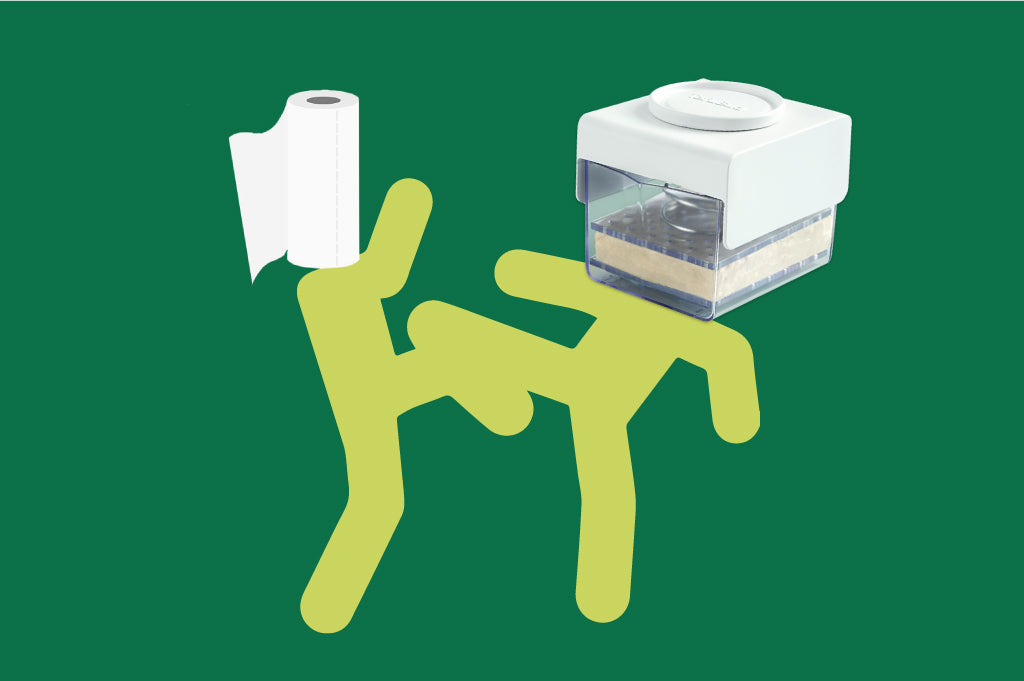



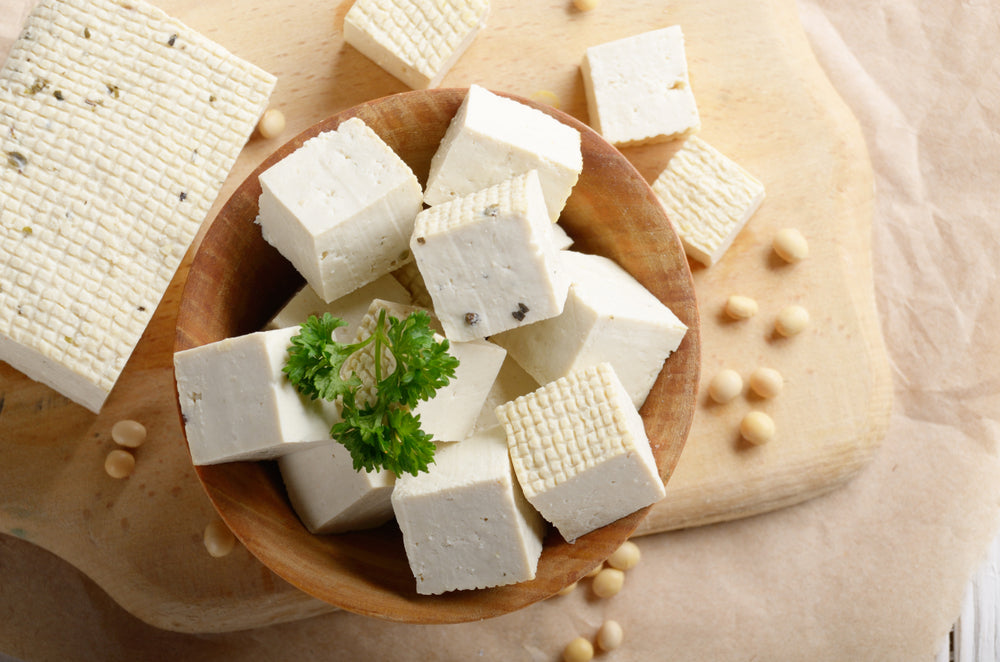
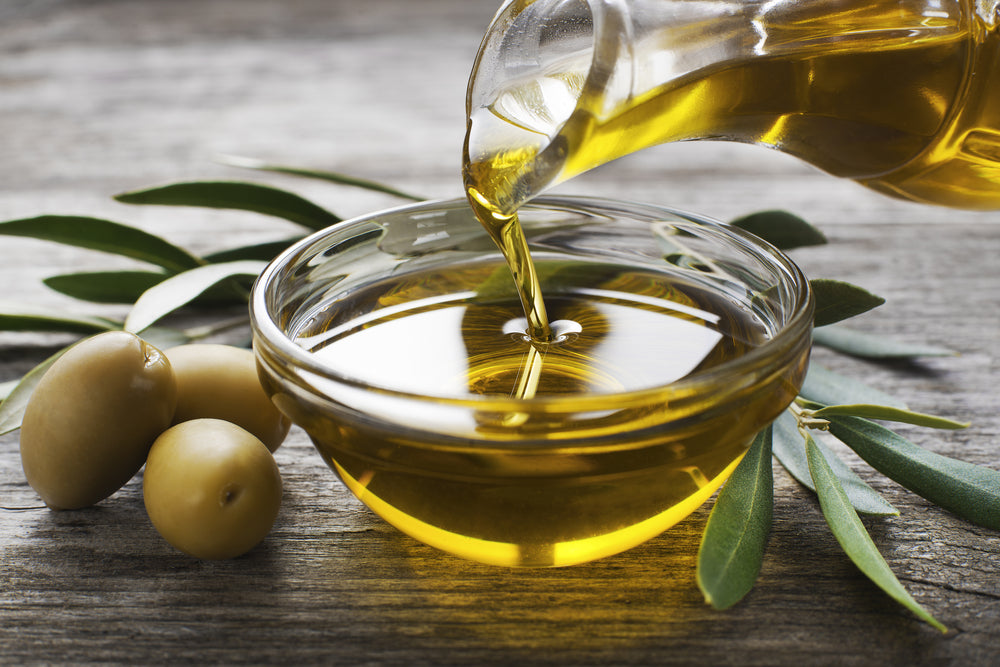
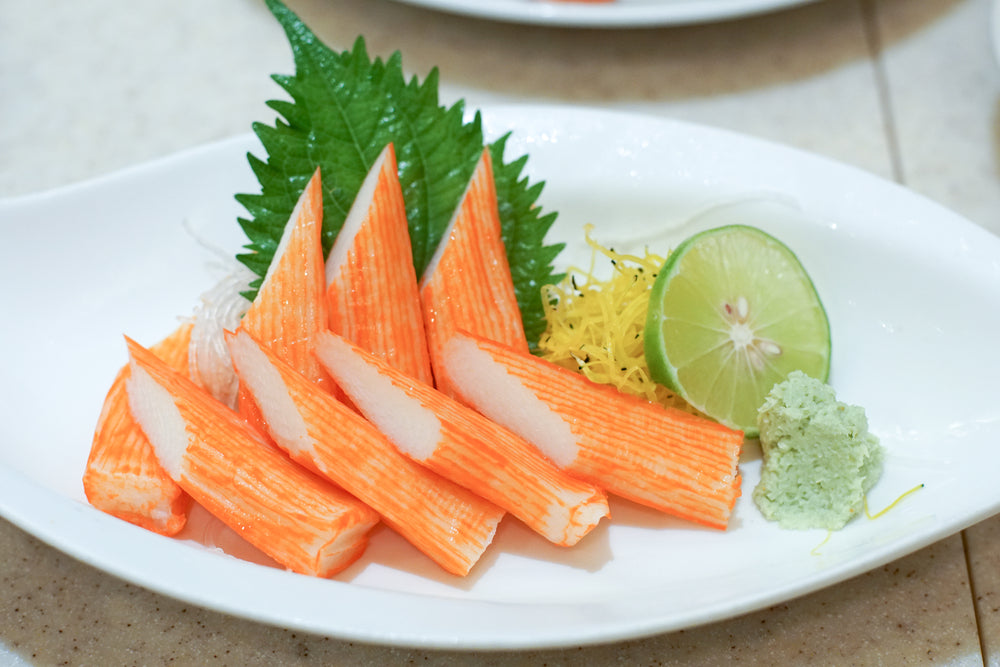
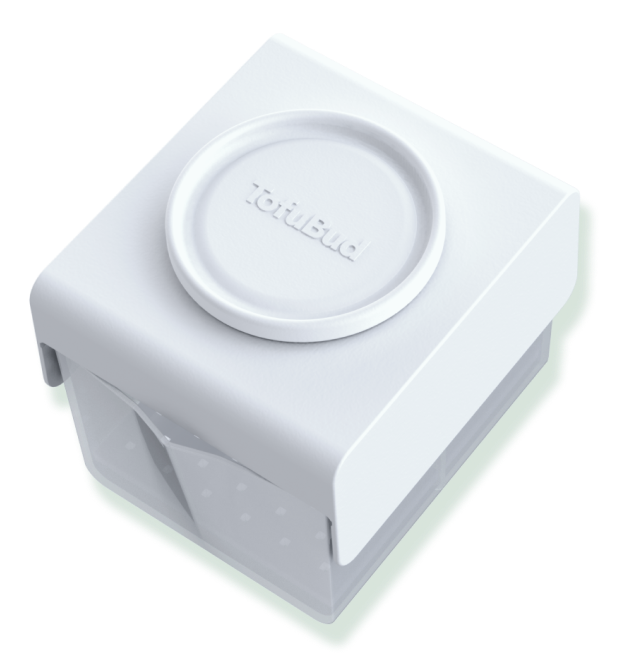
Leave a comment (all fields required)